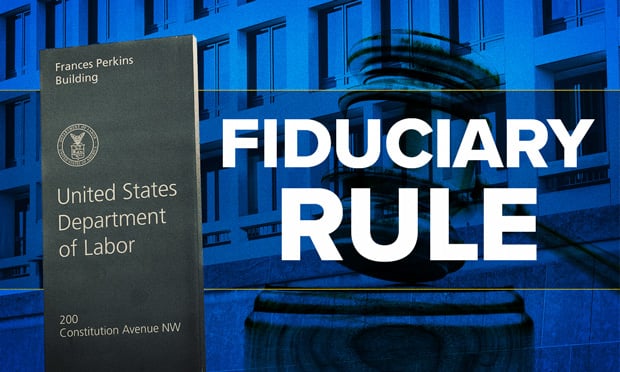
With the new year under way, employees may be celebrating the fact that they successfully spent all their flexible spending account (FSA) contributions before the Dec. 31 use-it-or-lose-it deadline or lamenting the fact that they had to forfeit some of their funds. But if your organization is among the estimated 37% (according to VISA) that offer an FSA grace period extension, you still have an opportunity to help employees make the most of their remaining tax-free funds.
The FSA grace period gives account holders an additional 2.5 months after the plan year deadline to spend FSA funds. For most people, the grace period deadline is March 15. Yet, even with that grace period, nearly 40% of FSA users forfeit funds, which amounts to more than $1 billion in forfeited funds each year.
Continue Reading for Free
Register and gain access to:
- Breaking benefits news and analysis, on-site and via our newsletters and custom alerts
- Educational webcasts, white papers, and ebooks from industry thought leaders
- Critical converage of the property casualty insurance and financial advisory markets on our other ALM sites, PropertyCasualty360 and ThinkAdvisor
Already have an account? Sign In Now
© 2024 ALM Global, LLC, All Rights Reserved. Request academic re-use from www.copyright.com. All other uses, submit a request to [email protected]. For more information visit Asset & Logo Licensing.








